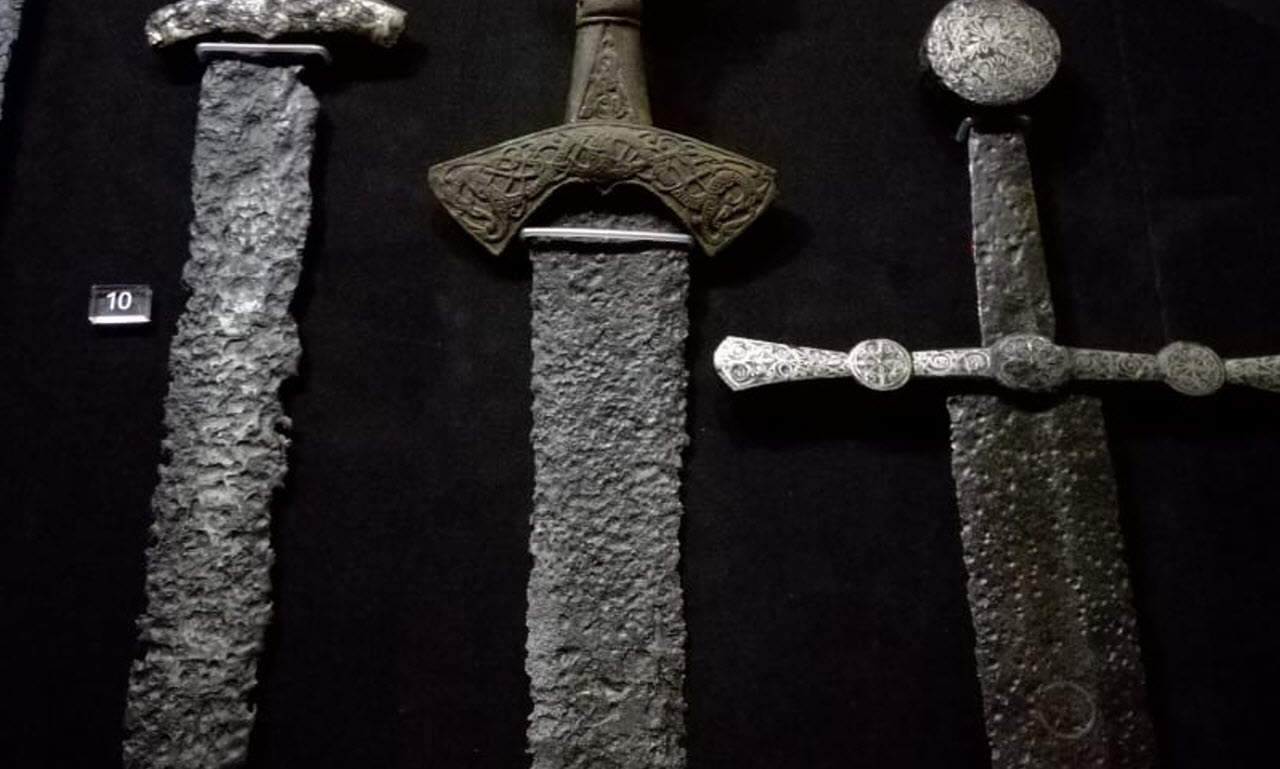In a startling discovery, remains found in Finland may be those of someone who lived more than 1000 years ago and was a leader in the community. They also feel that is possible he may have been non-binary.
Ancient societies and the associated gender roles have always been a matter of concern. This analysis of the grave, however, may suggest that non-binary individuals were not only members of the community, they were revered as well.

In DNA analysis of the remains, it was determined that the individual may have belonged to a high-status, non-binary individual. Archaeologists are still unsure about the nature of the remains but when the new DNA testing was confirmed that it only held one body, then more light was shed on the subject.
Building work taking place in 1968 first uncovered the remains. The grave contained fragments of clothing, jewelry, and other factors that showed the dead person had been dressed in a ‘typical feminine costume of the era.’
In the grave, there was also a hiltless sword, and another sword was buried above the original grave. These are often associated with masculinity.
According to Ulla Moilanen, the lead author of the study, “The buried individual seems to have been a highly respected member of their community.
“They were laid in the grave on a soft feather blanket with valuable furs and objects.”

At first, it was assumed that there were two bodies in the grave, a man and a woman. They also thought that it was evidence that there were female leaders in medieval Finland.
Further DNA analysis showed that the grave only had one individual and they had a condition known as Klinefelter syndrome. This is a condition when the male is born with an extra copy of the X chromosome, the chromosome that makes up a female’s DNA.
Approximately one in 660 men are thought to be affected by this condition. Genetically, they are still a male and they are often unaware of the extra X chromosome. This issue can result in a small penis and testicles, low sex drive, infertility, and enlarged breasts.
It is unclear if the DNA results came from a small sample or if they had to use modeling to get results. They do feel that it is likely the body had chromosomes XXY and because it was a high status burial, the person was probably outside of the traditional gender classes.
Moilanen added that the person “might not have been considered strictly a female or a male in the early middle ages community. The abundant collection of objects buried in the grave is proof that the person was not only accepted but also valued and respected.”



